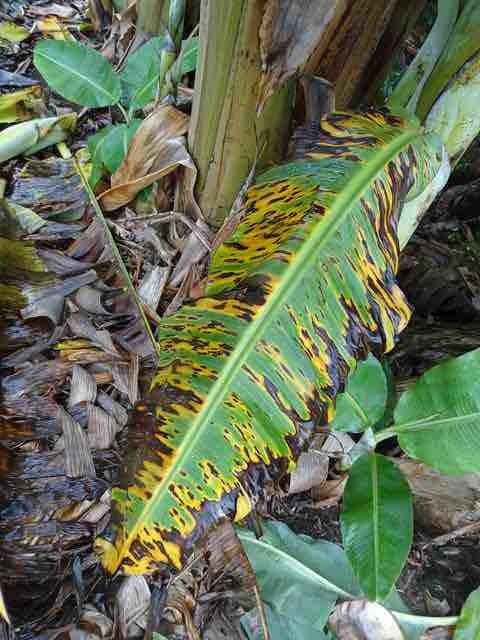Black Sigatoka Alert
Small chlorotic spots appear on the underside of leaves. In time, spots expand and form thin brown streaks perimetered by the veins. When high humidity conditions are present for a significant period of time, the whole leaf could dry up and die.
Black sigatoka is a fungal disease and destructive to all varieties. Damage to infected crops could easily result in 50% or more in yield losses. Black sigatoka favours periods of heavy rainfall and high humidity. it is spread mainly by winds and packaging materials from infected plant parts.
The following are some generic names of fungicides that are known being use in controlling black sigatoka: Azoxystrobin, propiconazole, tridemorph, bordeaux mixture, and methoxyacrylate.
*Names marked in red are considered to be highly poisonous to beneficial insects.
*Names marked in green are considered to be organic and IPM (integrated pest management) compatible.
Image Gallery


